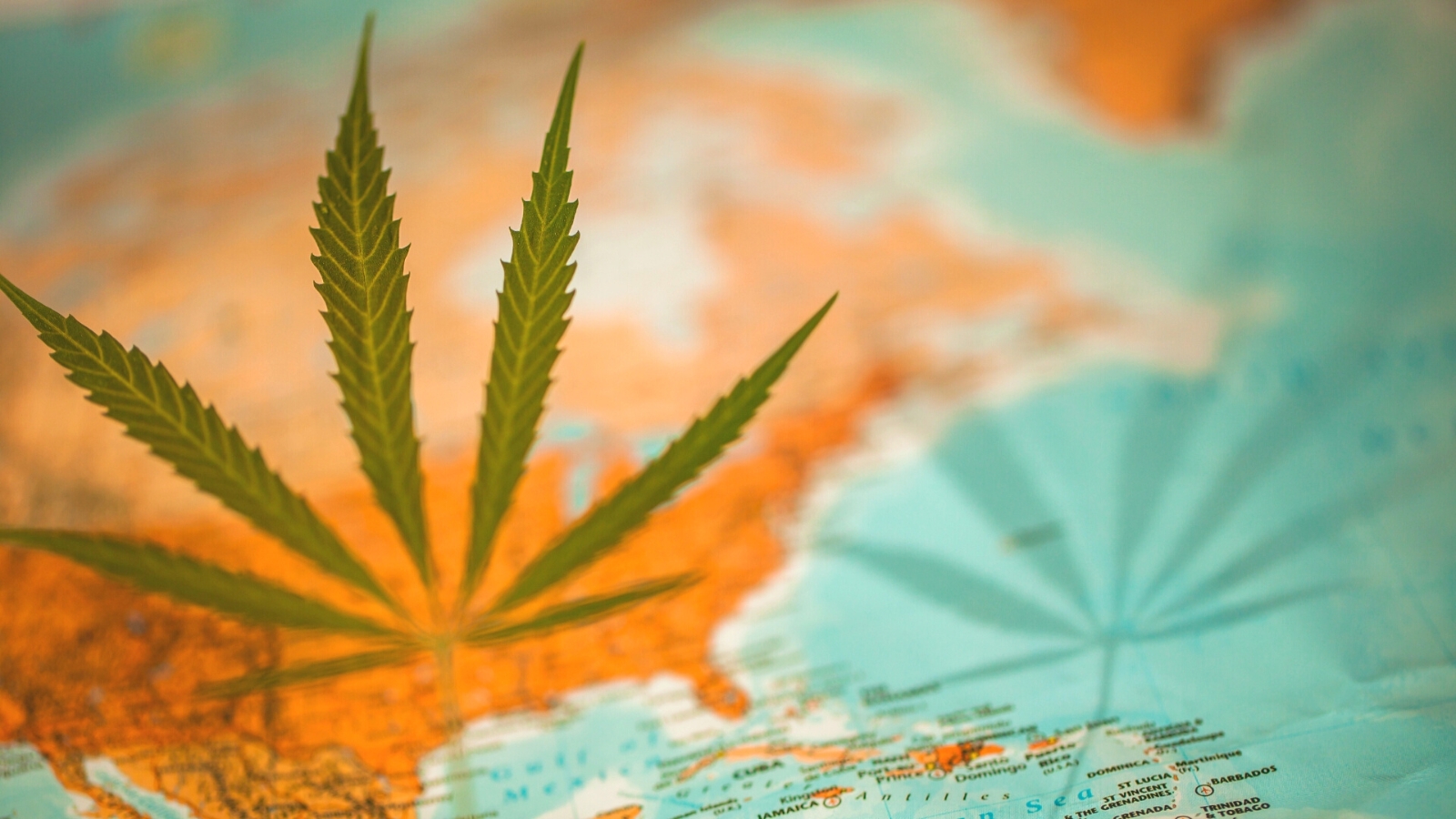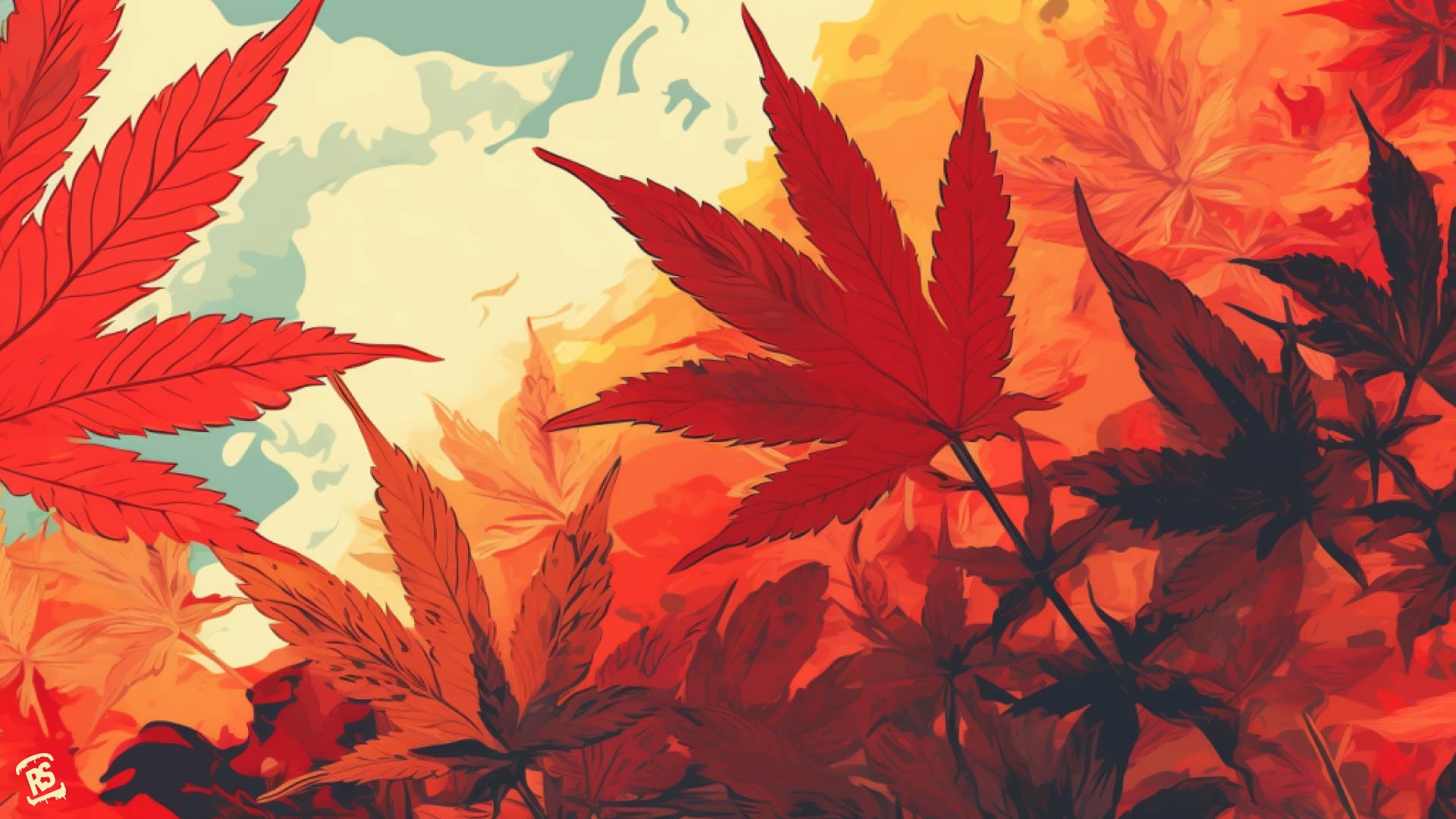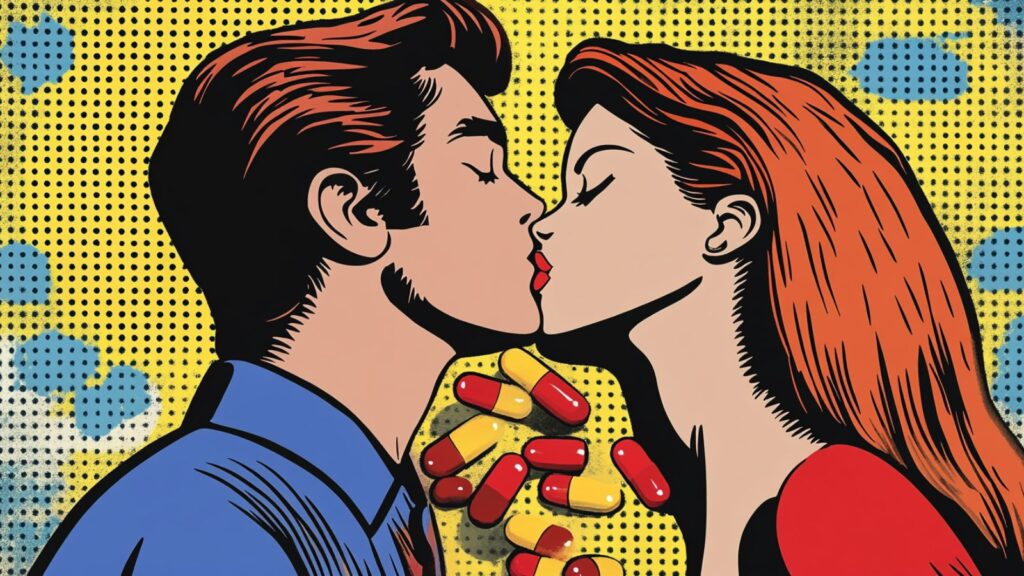In the lyrical words of Bob Marley, “Excuse me while I light my spliff.” The world of cannabis has been swirling around us in a green cloud of controversy, legality, and uncharted frontiers for years. But what do we really know about the two main players in this saga: marijuana and hemp? Could they be two sides of the same coin, star-crossed species dancing on the edge of the law while bringing hope to patients worldwide? Let’s plunge into the rabbit hole and explore.
Cannabis Overview: Marijuana vs Hemp
Before we dive headfirst into this psychedelic whirlpool, let’s get one thing straight. Both marijuana and hemp hail from the same plant family, cannabis. They’re like the Lennon and McCartney of the plant world, intrinsically linked yet distinctly different in their compositions and effects.
Marijuana struts the stage with high levels of THC and low levels of CBD, while hemp does a reverse Jimi Hendrix, boasting high CBD and low THC. As we ride this magical mystery tour, we’ll look closer at these two plants and their trip through the labyrinth of legality in the next section.
What Is Marijuana?
Marijuana, or Mary Jane as she’s affectionately known in certain circles, is like the Janis Joplin of the cannabis family: intoxicating, potent, and capable of putting on a show. She’s packed with a high level of THC (tetrahydrocannabinol), the main psychoactive compound responsible for the “high” that the Beatles may or may not have written some songs about. Usually, THC content can vary from 5% to 30%, depending on the strain.
What Is Hemp?
On the other hand, hemp is the Bob Dylan of the family: sober, versatile, and resourceful, yet deeply profound in its own way. Hemp plants contain a higher concentration of CBD (cannabidiol) and a negligible amount of Delta-9 THC (usually 0.3% or less). That’s why you can’t get high on hemp, but it offers many other benefits that make it a rockstar in the health and wellness field.

Marijuana Legality
Marijuana’s legality is more twisted than the plot of Inception. Although it’s legal for medical and recreational use in some states, like our very own “Hotel California,” and Colorado – the land of the free (to smoke) – it still remains a Schedule I drug at the federal level in the US. That’s right! Just like an unwelcome party guest, Mary Jane is still knocking on the door of federal legalization. As of now, 38 states allow medical marijuana, and 22 states and Washington, D.C. allow recreational cannabis.
Hemp Legality
On the other side of the coin, hemp legality is less complicated, akin to a Beatles song, “All You Need is Love… and a 2018 Farm Bill.” This bill legalized hemp production in all 50 states, classifying it as an agricultural commodity. So, next time you buy a hemp-derived product, remember you’re not just purchasing CBD, you’re also supporting our farmers. Yet, much like marijuana, states have the right to regulate hemp-derived cannabinoids however they please. Check your local laws before getting down with the deltas or other alt noids.
Access to Cannabinoids for Patients
Cue the Jim Morrison track, “People Are Strange,” because they indeed are – especially when driven by the need to heal. When the promise of relief and wellness comes knocking, folks have been known to pack up their entire lives, hit the road Jack Kerouac-style, and head for the cannabis havens of California and Colorado. This isn’t some Hunter S. Thompson fiction, folks. This is the real-world sacrifice individuals make to access a lifeline, an organic balm to soothe their afflictions.
Big Pharma, in all its monolithic might, casts a dark shadow across this landscape. As they continue to push synthetic solutions, they’ve inadvertently sparked a crisis that has left families ravaged and communities broken. The opioid crisis, a modern-day plague, has pushed many to seek alternatives. Enter cannabinoids, stage left.
Medicinal Benefits of Cannabinoids
Cannabinoids like the dynamic duo of THC and CBD and their lesser-known brethren, such as CBG and CBN, are the power chords in the symphony of cannabis. Their medicinal potential, like the music of the Doors, opens up myriad avenues for exploration and understanding.
THC, often typecast as the psychedelic rebel, is more than just a ticket to a trippy ride. Its benefits extend far beyond its psychoactive prowess. From easing chronic pain and inflammation to quelling nausea and vomiting, particularly in chemotherapy patients, THC is a potent ally for many medical conditions. The compound has also shown promise in managing conditions like multiple sclerosis and glaucoma, making it a veritable Led Zeppelin of the medical world – powerful, influential, and unapologetically groundbreaking.
CBD, the Paul McCartney to THC’s John Lennon, is known for its soothing melody of therapeutic benefits without the psychoactive “high.” Studies suggest that CBD could be effective in reducing anxiety and depression, symptoms often inadequately addressed by traditional pharmaceuticals. Furthermore, CBD has shown promising results in treating seizures in conditions like epilepsy, becoming a beacon of hope for patients around the world.
But the cannabinoid ensemble doesn’t stop at just CBD and THC. Other members like THCA, Delta-8, and HHC are emerging from the shadows, bringing with them a Pandora’s box of medicinal potential. Early research hints at CBG’s potential benefits in treating glaucoma, reducing inflammation, and its antibacterial properties. CBN and THCA, on the other hand, are gaining attention for their potential sedative effects and their promise as a sleep aid.
Collectively, these cannabinoids interact with our endocannabinoid system, a complex network within our body that plays a key role in maintaining homeostasis – the body’s inner “Lucy in the Sky with Diamonds” balancing act. This interaction leads to a cascade of potential health benefits, making cannabinoids a revolutionary force in modern medicine.
An Alternative to Opioids and Other Pharmaceuticals
Ditching the synthetic symphony of pills and side effects, many patients embrace cannabinoids as an all-natural orchestra, conducting a harmonious relationship with our bodies. Like a 70s counterculture, they’ve rebelled against the norm, turning their backs on opioids and pharmaceuticals and replacing them with natural solutions. This transition is more than just a personal choice; it’s a societal shift, an awakening, a wave of change that’s disrupting the status quo and redefining our approach to health and wellness.
Bridging the Gap With Potent Hemp-Derived Cannabinoids
But let’s not forget hemp in this grand psychedelic symphony. It’s easy to cast hemp as the understudy, only known for its CBD content. But the reality is that hemp boasts an ensemble cast of over 100 cannabinoids, each playing its part to perfection. Products derived from hemp, like full-spectrum CBD oils, are like an All-Star band featuring the full range of these cannabinoids. Hemp-derived cannabinoids are contributing to this revolution, slowly bridging the gap and bringing us closer to widespread cannabinoid access.
The Future of Cannabinoid Access
Gazing into the potential-filled tomorrow, akin to Alice’s journey into Wonderland, the future of cannabinoid availability shines brightly with boundless promise. Just as the mist at a Pink Floyd gig gradually clears, so does the societal prejudice against cannabis, disclosing a horizon of positive change and enlightenment.
This promising vision of the future is layered and profound, illustrating a scenario of holistic well-being with cannabinoids playing a lead role. To actualize this, we must transcend the constraints of our current era, fostering the spirit of unity and progress reminiscent of the revolutionary 60s.
As the discourse surrounding marijuana and hemp legalization gains traction, and as the therapeutic capabilities of cannabinoids continue to unfurl, we stand at a historical crossroads. Envision a future where individuals no longer need to traverse state boundaries to find relief. Instead, cannabinoids, in their versatile and potent forms, are as readily available as a trip to a local wellness store or a simple online search. This isn’t a trippy fantasy, but a tangible future that grows closer every day.
Central to this scenario is the ongoing pursuit of research and education. By dispelling the mystery surrounding cannabinoids and their effects, we can transform public sentiment, marking the dawn of a new epoch of understanding and acceptance. Every published study and shared patient story lays the foundation for a future where cannabinoid therapy is a recognized, respected healthcare option.
The narrative of cannabinoid access is an artful composition yet to be completed, but with each progressive stroke, each hue of transformation, we’re crafting a masterpiece as transformative and revolutionary as a Jimi Hendrix riff. The road may be meandering and extended, but the voyage, much like the greatest Beatles hits, promises to be indelible.













